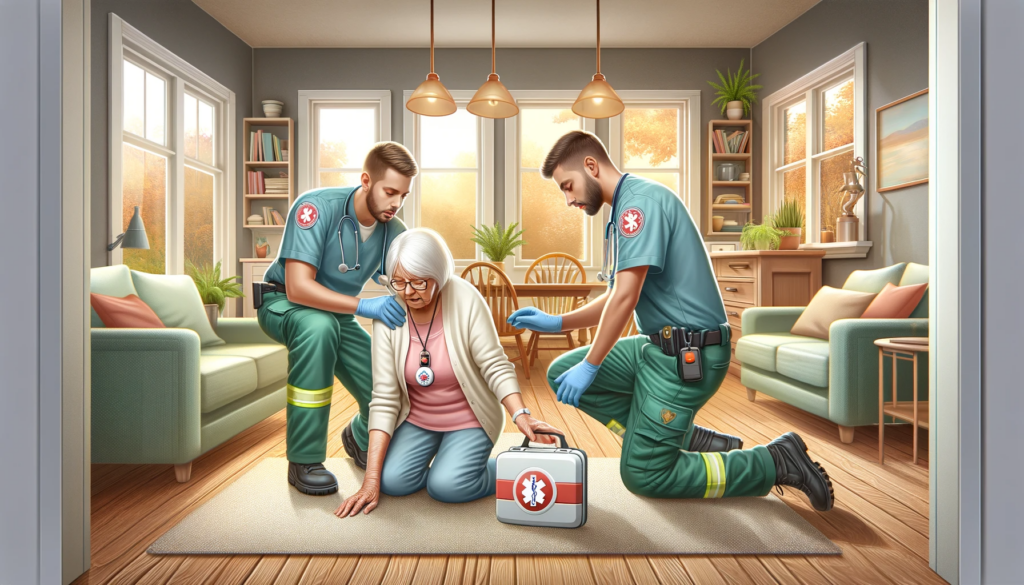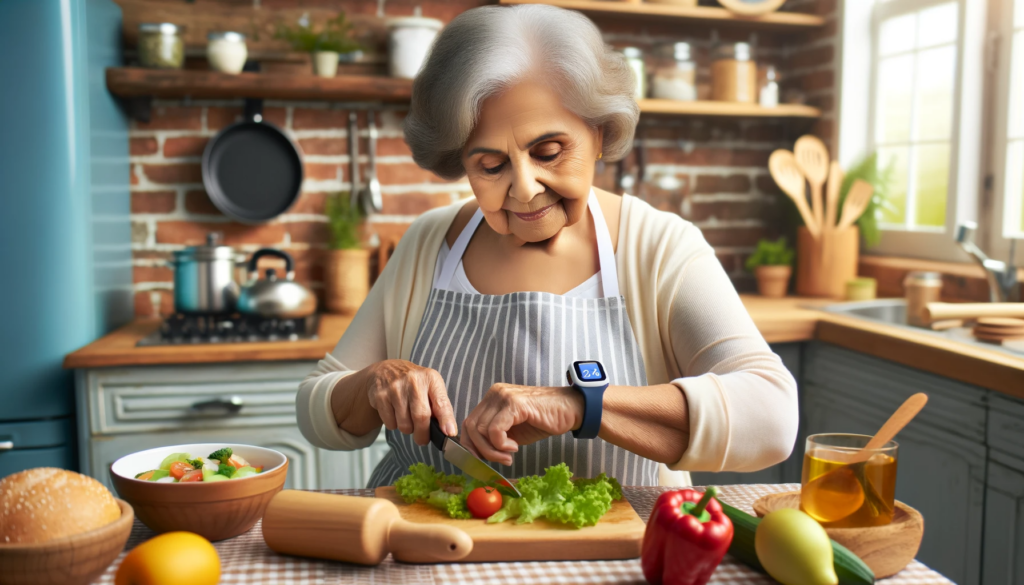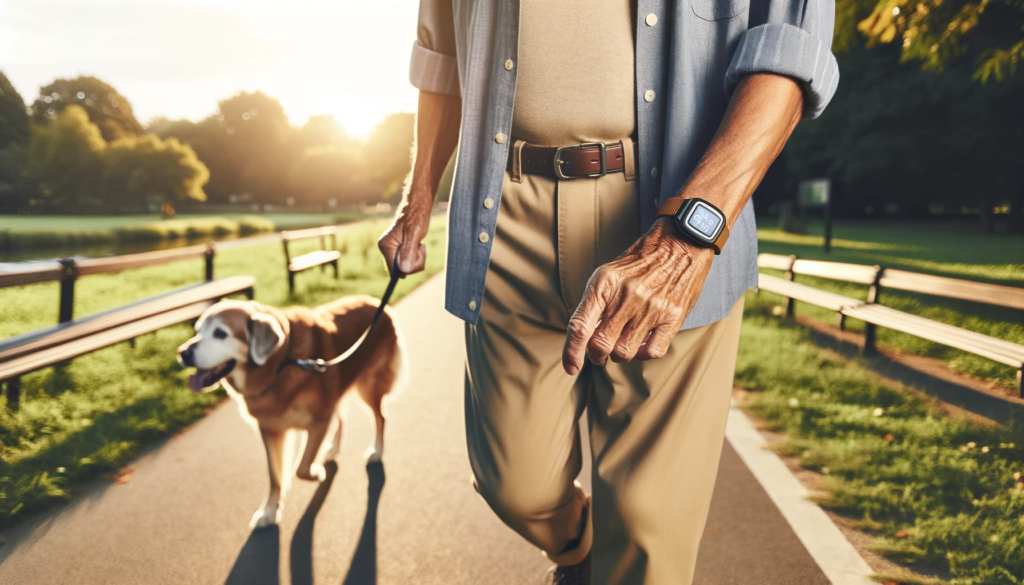Table of Contents
Last week we took a look at wearable technology and part of that was a brief look at pros and cons of medical alert devices. You can find that post here. Another name for Medical alert devices is Personal Emergency Response System (PERS). Today we will look at an overview of this technology as well as compare four brands to see which may be the best fit for your loved one.
As our loved ones grow older, we often worry about their safety, especially when they're living alone. But thanks to technology, there's a way to help them stay safe and give us peace of mind. It's called a Personal Emergency Response System (PERS), and it's like a safety net for seniors who live independently. Let's explore how PERS works and why it's so important.

What exactly is PERS? It's a small device, like a necklace or bracelet, that seniors can wear. If they need help, they just press a button on it, and it calls for help right away. It's connected to a service that knows who to call, whether it's a family member, a neighbor, or even emergency services.
PERS is super helpful for seniors who want to live in their own homes. It means they can get help fast if they fall or feel sick. And for us, the caregivers, it means we don't have to worry all the time. We know they can reach out for help anytime they need it.
PERS devices come with features that are all about keeping seniors safe. First, there's the help button, which is easy to press. They can wear it around their neck or wrist, so it's always there if they need it.

Another cool thing is GPS and location tracking. This is great for seniors who like to go out for walks or to the store. If they need help when they're out, the PERS device knows where they are and can send help to the right place.
But PERS isn't just for emergencies. Some devices can also keep an eye on health stuff. They can check things like heart rate or remind seniors to take their pills. It's like having a little nurse that's always watching, ready to help.

Now, every senior is different, so you want to make sure the PERS system works just right for them. You can set it up to call you, a neighbor, or go straight to emergency services. And it's important to practice using it so they feel comfortable and know what to do.
Some seniors might feel shy or worried about using technology. But once they see how easy and helpful PERS is, they'll feel more confident.
Life Alert
Benefits:
Medical Alert
Benefits:
Bay Alarm Medical
Benefits:

Phillips Lifeline
Benefits:
Each of these PERS brands has its strengths and weaknesses, and the best choice often depends on the specific needs and circumstances of the senior and their caregivers. Pricing can range from $20 to $60 or more per month. Some products also require an upfront cost for the equipment as well.
Let me know which option you found to be the best for your loved one and why?
That's all for today.
Take care, keep mom safe and have a great day!
Winn